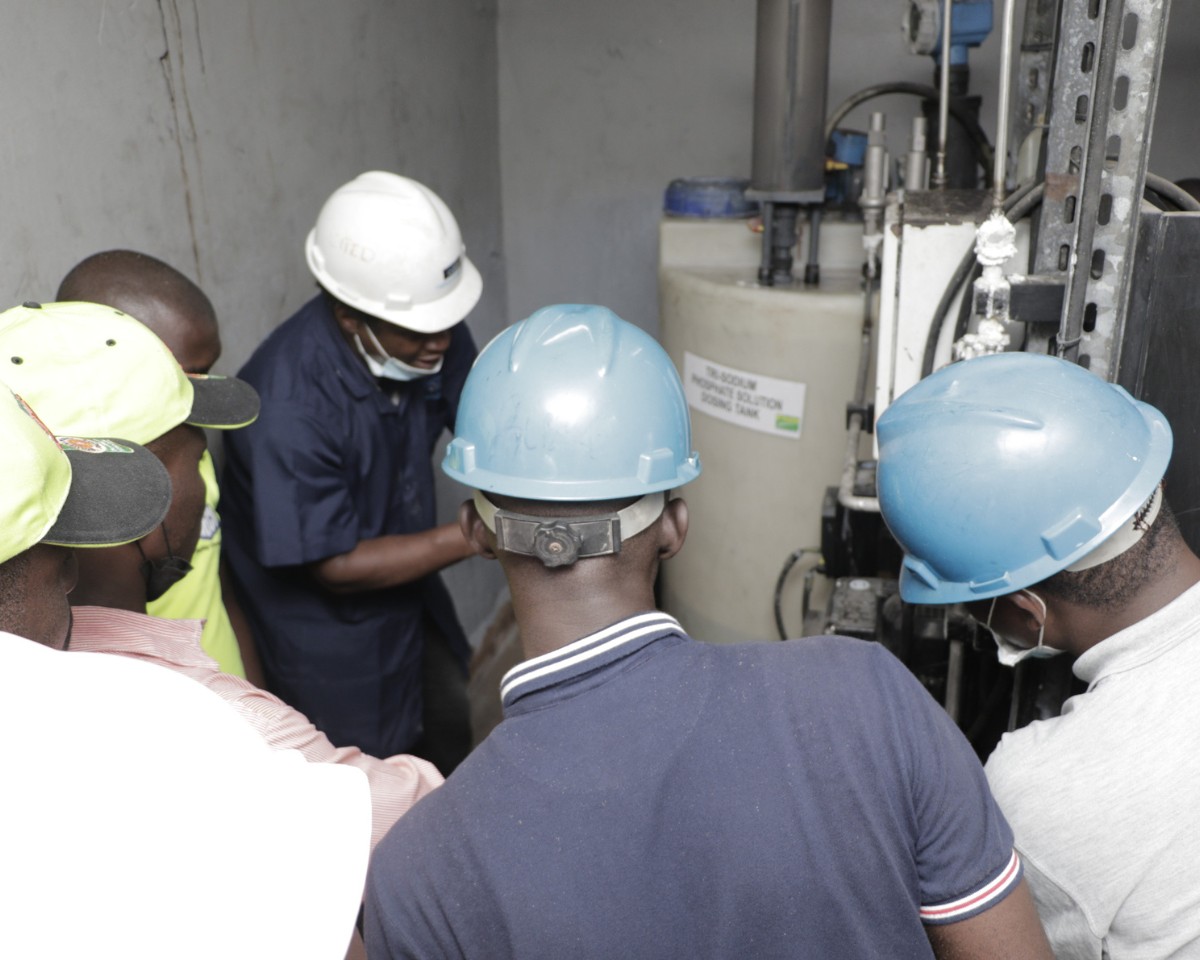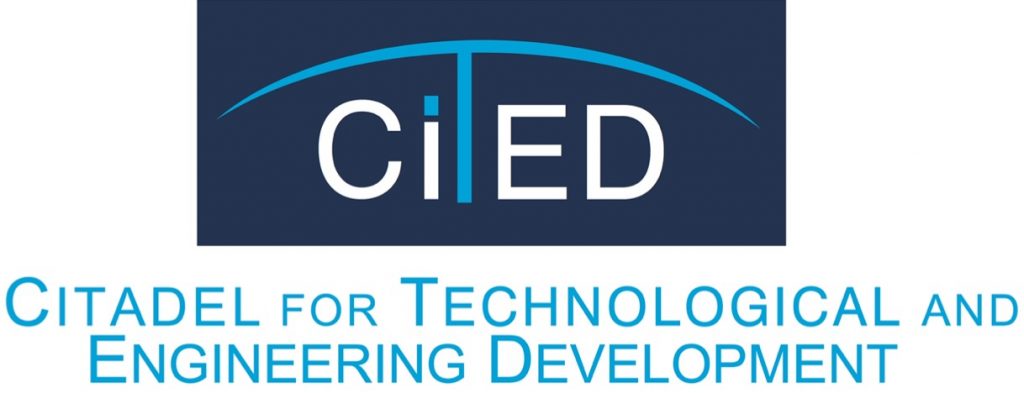Electrical Equipment: Transformers, Inverters, Rectifiers, Uninterruptable Power Systems, Generators, Circuit Breakers, and Fuses: Selection, Applications, Operation, Diagnostic Testing, Troubleshooting and Maintenance


Electrical Equipment: Transformers, Inverters, Rectifiers, Uninterruptable Power Systems, Generators, Circuit Breakers, and Fuses: Selection, Applications, Operation, Diagnostic Testing, Troubleshooting and Maintenance
DESCRIPTION
Maximum efficiency, reliability, and longevity of electrical equipment such as the various types of motors, variable-speed drives, transformers, generators, rectifiers, inverters, uninterruptible power systems, circuit breakers, and fuses are of great concern to many industries. These objectives can only be achieved by understanding the characteristics, selection criteria, common problems and repair techniques, preventive and predictive maintenance. This seminar is a MUST for anyone who is involved in the selection, applications, or maintenance of electrical equipment. It provides the latest in technology. The seminar covers how these equipment operate and provide guidelines and rules that must be followed for a successful operation. Their basic design, operating characteristics, specification, selection criteria, advanced fault detection techniques, critical components as well as all maintenance issues are covered in detail.
OBJECTIVES
To provide a comprehensive understanding of the various types of motors, variable-speed drives, transformers, generators, rectifiers and inverters, uninterruptable power systems (UPS), circuit breakers, and fuses. Participants will be able to specify, select, commission and maintain these equipment for their applications.
To achieve reduced capital, operating and maintenance costs along with increase in efficiency.
WHO SHOULD ATTEND
Engineers of any discipline, managers, technician, technologists, and other technical personnel.
PROGRAM OUTLINE
Fundamentals of Electric Systems
- Capacitors
- Current and Resistance
- The Magnetic Field
- Faraday’s Law of Induction
- Lenz’s Law
- Inductance
- Alternating Currents
- Three-Phase System
Introduction to Machinery Principles
- Electric Machines and Transformers
- Common Terms and Principles
- The Magnetic Field
- Magnetic Behavior of Ferromagnetic Materials
- Faraday’s Law – Induced Voltage From a Magnetic Field Changing with Time
- Core Loss Values
- Permanent Magnets
- Production of Induced Force on a Wire
- Induced Voltage on a Conductor Moving in a Magnetic Field
Transformers
- Importance of Transformers
- Types and Construction of Transformers
- The Ideal Transformer
- Impedance Transformation Through a Transformer
- Analysis of Circuits Containing Ideal Transformers
- Theory of Operation of Real Single-Phase Transformers
- The Voltage Ratio Across a Transformer
- The Magnetizing Current in a Real Transformer
- The Dot Convention
- The Equivalent Circuit of a Transformer
- The Transformer Voltage Regulation and Efficiency
- The Autotransformer
- Three-Phase Transformers
- Transformer Ratings
Transformer Components and Maintenance
- Introduction
- Classification of Transformers
- Main Components of a Power Transformer
- Types and Features of Insulation
- Forces
- Cause of Transformer Failures
- Transformer Oil
- Gas Relay and Collection Systems
- Relief Devices
- Interconnection with the Grid
AC Machine Fundamentals
- The Rotating Magnetic Field
- The Induced Voltage in AC Machines
- The Induced Torque in a Three-Phase Machine
- Winding Insulation in AC Machines
- AC Machine Power Flow and Losses
Induction Motors
- Induction Motor Construction
- Basic Induction Motor Concepts
- The Equivalent Circuit of an Induction Motor
- Losses and The Power-Flow Diagram
- Induction Motor Torque-Speed Characteristics
- Control of Motor Characteristics By Squirrel-Cage Rotor Design
- Starting Induction Motors
Speed Control of Induction Motors
- Speed Control by Changing the Line Frequency
- Speed Control by Changing the Line Voltage
- Speed Control by Changing the Rotor Resistance
- Solid-State Induction Motor Drives
- Motor Protection
- The Induction Generator
- Induction Motor Ratings
Maintenance of Motors
- Characteristics of Motors
- Enclosures and Cooling Methods
- Application Data
- Design Characteristics
- Insulation of AC Motors
- Failures in Three-Phase Stator Windings
- Predictive Maintenance
- Motor Troubleshooting
- Diagnostic Testing for Motors
- Repair and Refurbishment of AC Induction Motors
- Failures in Three-Phase Stator Windings
Power Electronics, Rectifiers and Pulse-Width Modulation Inverters
- Introduction to Power Electronics
- Power Electronics Components
- Power and Speed Comparison of Power Electronic Components
- Basic Rectifier Circuits
- Filtering Rectifier Output
- Pulse Circuits
- A Relaxation Oscillator Using a PNPN Diode
- Pulse Synchronization
- Voltage Variation By AC Phase Control
- The Effect of Inductive Loads on Phase Angle Control
- Inverters
Variable Speed Drives
- Basic Principles of AC Variable Speed Drivers (VSD’S)
- Inverters
- Input Power Converter (rectifier)
- DC link Energy
- Output IGBT Inverter
- Input Sources for Regeneration or Dynamic Slowdown
- Regeneration
- PWM-2 Considerations
- Transients, Harmonics Power Factor and Failures
- Thyristor Failures and Testing
- AC Drive Application Issues
- AC Power Factor
- IGBT Switching Transients
- Cabling Details For AC Drives
- Cable Details
- Motor Bearing Currents
- Summary of Application Rules For AC Drives
- Selection Criteria of VSD’s
- Regeneration
- Maintenance
- Common Failure Modes
- Motor Application Guidelines
Synchronous Machines
- Physical Description
- Pole Pitch: Electrical Degrees
- Airgap and Magnetic Circuit of a Synchronous Machine
- Synchronous Machine Windings
- Field Excitation
- No-Load and Short-Circuit Values
- Torque Tests
- Excitation of a Synchronous Machine
- Machine Losses
Synchronous Generators
- Synchronous Generator Construction
- The Speed of Rotation of A Synchronous Generator
- The Internal Generated Voltage of a Synchronous Generator
- The Equivalent Circuit of a Synchronous Generator
- The Phasor Diagram of a Synchronous Generator
- Power and Torque in Synchronous Generators
- The Synchronous Generator Operating Alone
- Parallel Operation of AC Generators
- Operation of Generators in Parallel With Large Power Systems
- Synchronous Generator Ratings
- Synchronous Generator Capability Curves
- Short-Time Operation and Service Factor
Generator Components, Auxiliaries and Excitation
- Introduction
- The Rotor
- Turbine-Generator Components: The Stator
- Cooling Systems
- Shaft Seals and Seal Oil Systems
- Stator Winding Water Cooling Systems
- Other Cooling Systems
- Excitation
- The Voltage Regulator
- The Power System Stabilizer
- Characteristics of Generator Exciter Power Systems (GEP)
- Generator Operation
Generator Main Connections
- Introduction
- Isolated Phase Bus Bar Circulatory Currents
- System Description
Performance and Operation of Generators
- Generator Systems
- Condition Monitoring
- Operational Limitations
- Fault Conditions
Generator Surveillance and Testing
- Generator Operational Checks (Surveillance and Monitoring)
- Generator Diagnostic Testing
- 3.0 Insulation Resistance and Polarization Index
- 4.0 DC Hipot Test
- Partial Discharge Tests
- Low Core Flux Test (EL-CID)
- Mechanical Tests
- Groundwall Insulation
- Rotor Winding
- Turn Insulation
- Slow Wedges and Bracing
- Stator and Rotor Cores
Generator Inspection and Maintenance
- On-Load Maintenance and Monitoring
- Off-Load Maintenance
- Generator Testing
Generator Operational Problems, and Refurbishment Options
- Typical Generator Operational Problems
- Generator Rotor Reliability and Life Expectancy
- Generator Rotor Refurbishment
- Types of Insulation
- Generator Rotor Modifications, Upgrades and Uprates
- High Speed Balancing
- Flux Probe Test
Circuit Breakers
- Theory of Circuit Interruption
- 2.0 Physics of Arc Phenomena
- 3.0 Circuit Breaker Rating
- 4.0 Conventional Circuit Breakers
- 5.0 Methods for Increasing Arc Resistance
- 6.0 Plain Break Type
- 7.0 Magnetic Blow-out Type
- Arc Splitter Type
- Application
- Oil Circuit Breakers
- Recent Developments in Circuit Breakers
Fuses
- Bearings And Lubrication
- Types of Bearings
- Statistical Nature of Bearing Life
- Materials and Finish
- 4.0 Sizes of Bearings
- 5.0 Types of Roller Bearings
- 6.0 Thrust Bearings
- 7.0 Lubrication
Used Oil Analysis
- Proper Lube Oil Sampling Technique
- Test Description and Significance
- Summary
Vibration Analysis
- The Application of Sine Waves to Vibration
- Multimass Systems
- Resonance
- Logarithms and Decibels (db)
- The Use of Filtering
- Vibration Instrumentation
- Time Domain
- Frequency Domain
- Machinery Example
- Vibration Analysis
- Resonant Frequency
- Vibration Severity
Power Station Electrical Systems and Design Requirements
- Introduction
- System Requirements
- Electrical System Description
- System Performance
- Power Plant Outages and Faults
- Uninterruptible Power Supply (UPS) Systems
- DC Systems
Power Station Protective Systems
- Introduction
- Design Criteria
- Generator Protection
- DC Tripping Systems
Frequently Asked Questions
- Fundamentals of Electric Systems
- Introduction to Machinery Principles
- Transformers
- Transformer Components and Maintenance
- Interconnection with the Grid
- AC Machine Fundamentals
- Induction Motors
- Speed Control of Induction Motors
- Maintenance of Motors
- Variable Speed Drives
- Synchronous Generators
- Generator Components, Auxiliaries, and Excitation
Learning Outcomes:
learn about various types of transformers, motors, variable speed drives, rectifiers, inverters, uninterruptable power systems (UPS), generators, circuit breakers, and fuses.
understand diagnostic testing and inspection, advanced fault detection techniques, critical components, and common failure modes.
study selection criteria, commissioning requirements, predictive and preventive maintenance, reliability, testing and cost
discover the maintenance required to minimize their operating cost and maximize their efficiency, reliability and longevity

